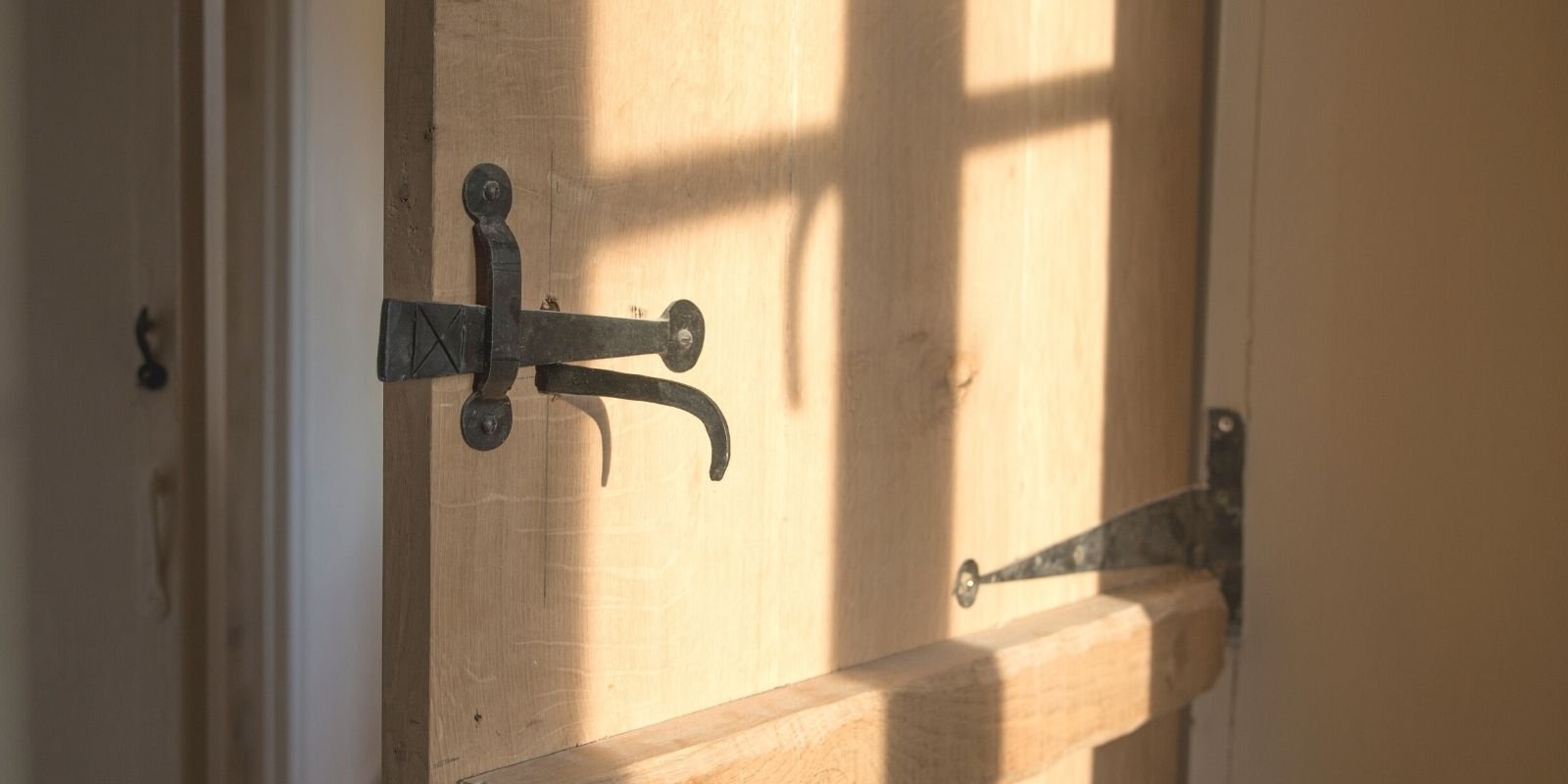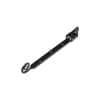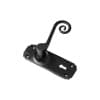Another factor to consider when shopping for hardware is how the actual product is made. This can often determine the quality and price of the piece. There are three main methods of manufacturing hardware: cast, forged or wrought.
Casting
Sand-casting hardware, made popular in the Victorian era, is still employed by high-end hardware manufactures to make marks or pits in the materials to give the end product an illusion of antiquity. A mold is made by packing sand around a wooden model (called a pattern) carved in the design of the final casting. The mold is typically in two parts so that the model can be easily removed, leaving a cavity into which the molten metal is poured.
Another method still used today is the lost wax method. An ancient art, lost wax casting affords the most detailed and intricate detail, but is a slow and careful process. A successful casting starts with shaping a waxed patten- if the pattern is not finely detailed, it will not render a good result. The wax pattern, or model, is hand chased by a skilled artisan to ensure the highest possible level of detail. The second step is forming the mold from the pattern by dipping it into a liquid. This material can vary depending on the metal that will finally be folded (but this liquid is generally a clay based coating). The final process is to place the mold into a kiln, where the wax is lost and the outer clay coating hardens to an extent that allows molten metal to be poured.
Press casting is the process of heating the metal to be used, then pressing of stamping into a mold. This process does not typically produce fine detail and is fairly inexpensive. In the late 1800's, many pieces were produced this way and some companies still employ this process.
Forged and Wrought
Hand forged hardware is the process of hammering or rolling metal into shape and is the method employed by the earliest black smiths. The term is also used to describe modern mass production. Forging produces high quality products, but can never capture fine detail. Due to the hand made element, each piece will vary. This should not be seen as a fault and instead be seen as a unique element added to each product. Wrought is the process where metal is rolled into flat strips, then punched or die cut. This can produce any thickness of hardware, from thin back plates to a thick hinge. Die cut pieces are generally less expensive then cast pieces.
Below are three examples of the aforementioned processes. The first is the Decorative Drawer Cup Pull (lost wax). The next is the Acorn Hat and Coat Hook (sand cast) and last but not least, the Hand Forged Rose Head Nail.














